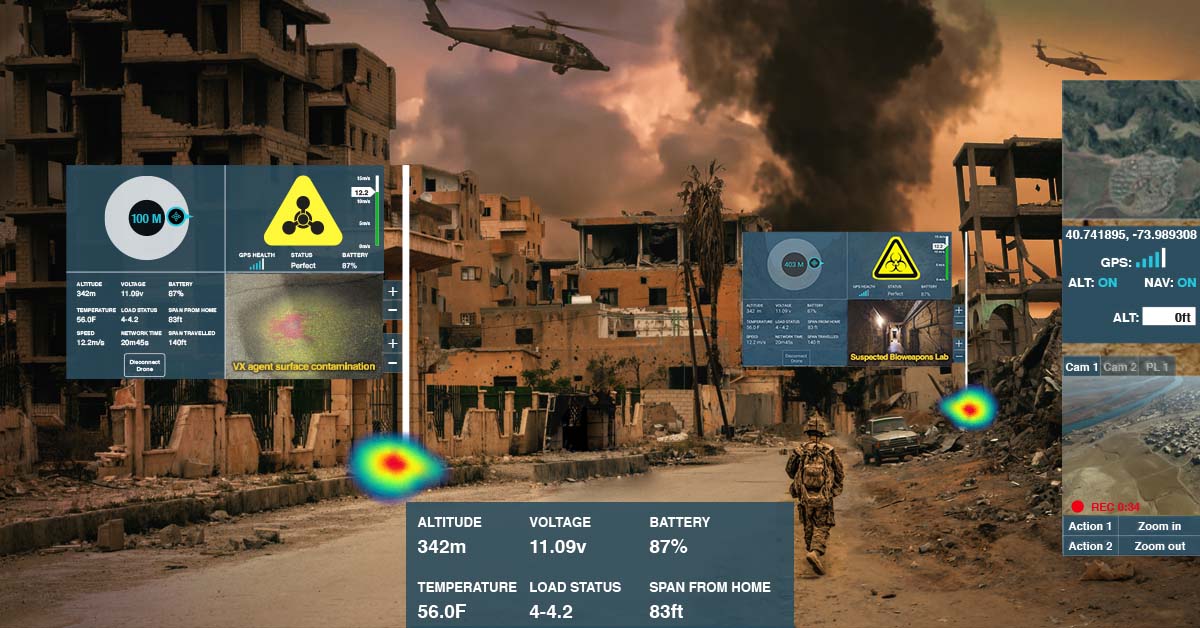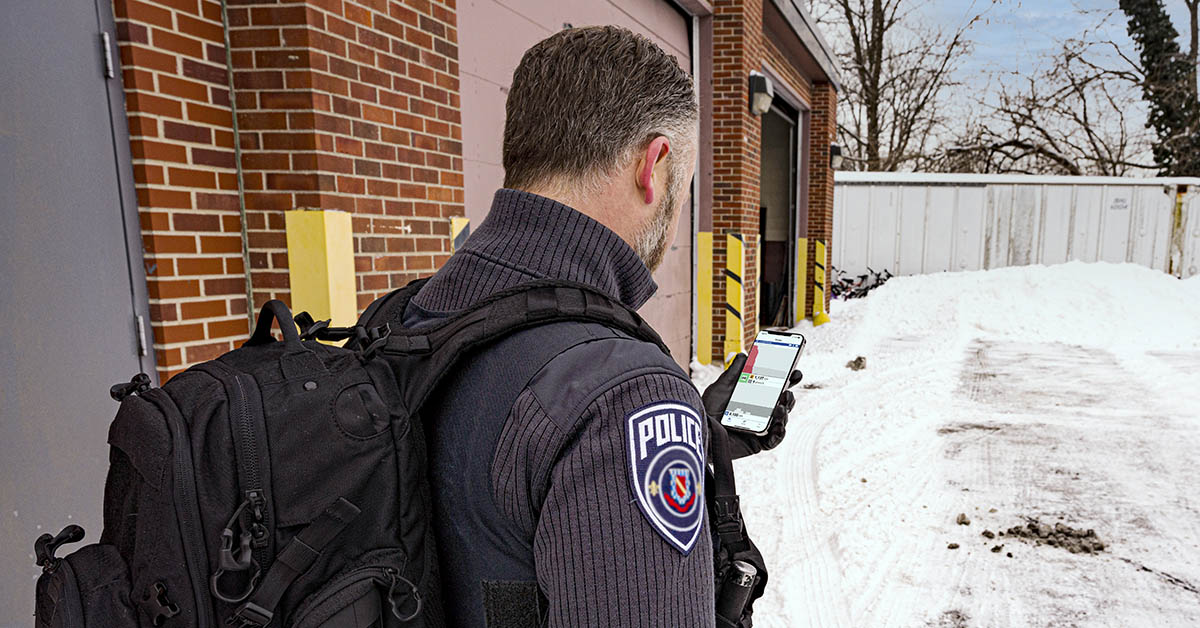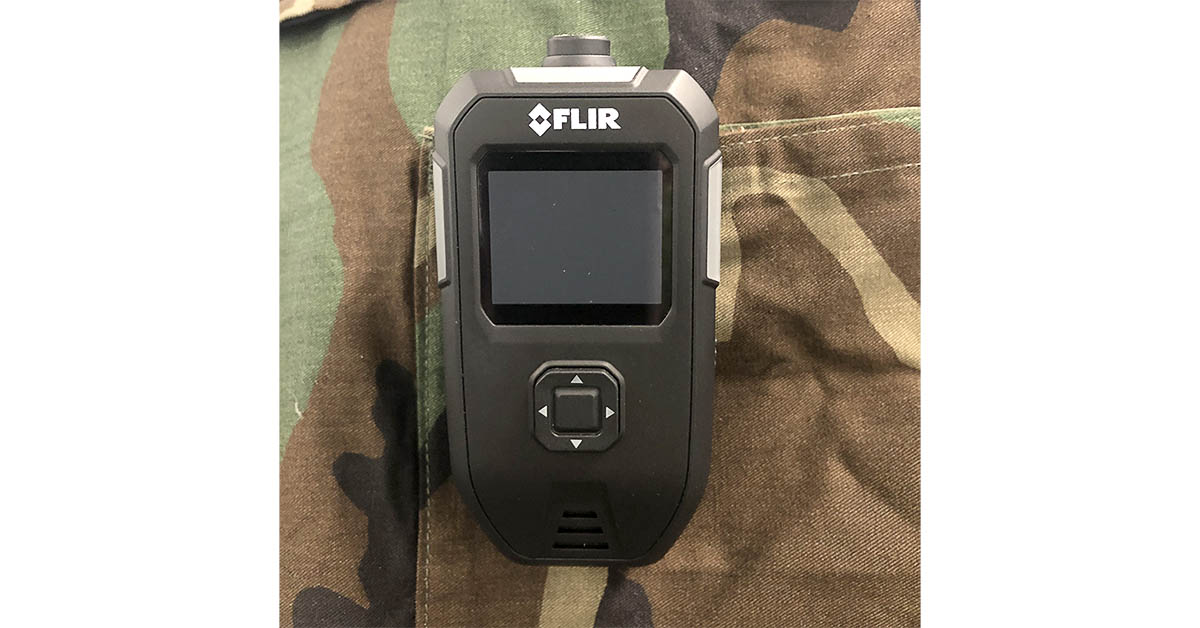Teledyne FLIR Wins Contract Worth Up to $15.7M to Develop Augmented Reality Technology that Displays Chem-Bio Threats

New tools will let soldiers digitally ‘see’ and map deadly chemical, biological and radiation threats on future battlefields using mobile phones and other futuristic displays
PITTSBURGH, PA., December 7, 2021 ― Teledyne FLIR announced it has won a development contract worth up to $15.7 million with the U.S. Defense Threat Reduction Agency’s Joint Science and Technology Office (DTRA JSTO) to develop novel battlefield threat mapping and visualization tools. The technology will allow the capability to digitally map hazardous material threats from sensor data and to ‘see’ their exact location via mixed reality on mobile phones, tablets, and Heads-Up Displays (HUDs).
Teledyne FLIR will work with partners to develop software that allows Chemical, Biological, Radiological and Nuclear (CBRN) hazards to be precisely located, measured and mapped for viewing within the Tactical Assault Kit (TAK) suite of tools. The threat map will be visualized in a ‘see-through’ augmented reality (AR) display by those running TAK on their electronics, as well as by futuristic HUD devices like the Integrated Visualization Augmentation System (IVAS).
Funded out of DTRA’s Digital Battlespace Management office, the program’s goal is to provide improved real-time CBRN situational awareness and enable TAK users to see and avoid chemical and biological hazards. The project also will allow future individuals equipped with IVAS to visualize chem-bio threats and receive real-time decision support when performing reconnaissance and decontamination missions. In addition, the program further lays the Artificial Intelligence (AI) and AR groundwork for the Army’s autonomous decontamination efforts.
“To protect our troops wherever they deploy, we need to leverage the most advanced detection and battlefield management technologies to counter the lethal risk posed by chemical and biological weapons,” said Dr. David Cullin, general manager of Teledyne FLIR’s Unmanned and Integrated Solutions business. “We’re proud to lead this effort that will help our warfighters intuitively visualize dangerous chem-bio threats, while also advancing future capabilities tied to IVAS and autonomous robotic decontamination.”
The contract will fund development of a mission-flexible prototype consisting of networked chem-bio sensors and AR visualization tools that DTRA will evaluate over the course of several events. The award comprises a 12-month base period, three 12-month options, plus other optional tasks. Work will be performed at Teledyne FLIR’s Pittsburgh site.
For more on Teledyne FLIR’s chemical detection and identification products, visit www.flir.com/threat-detection/.


